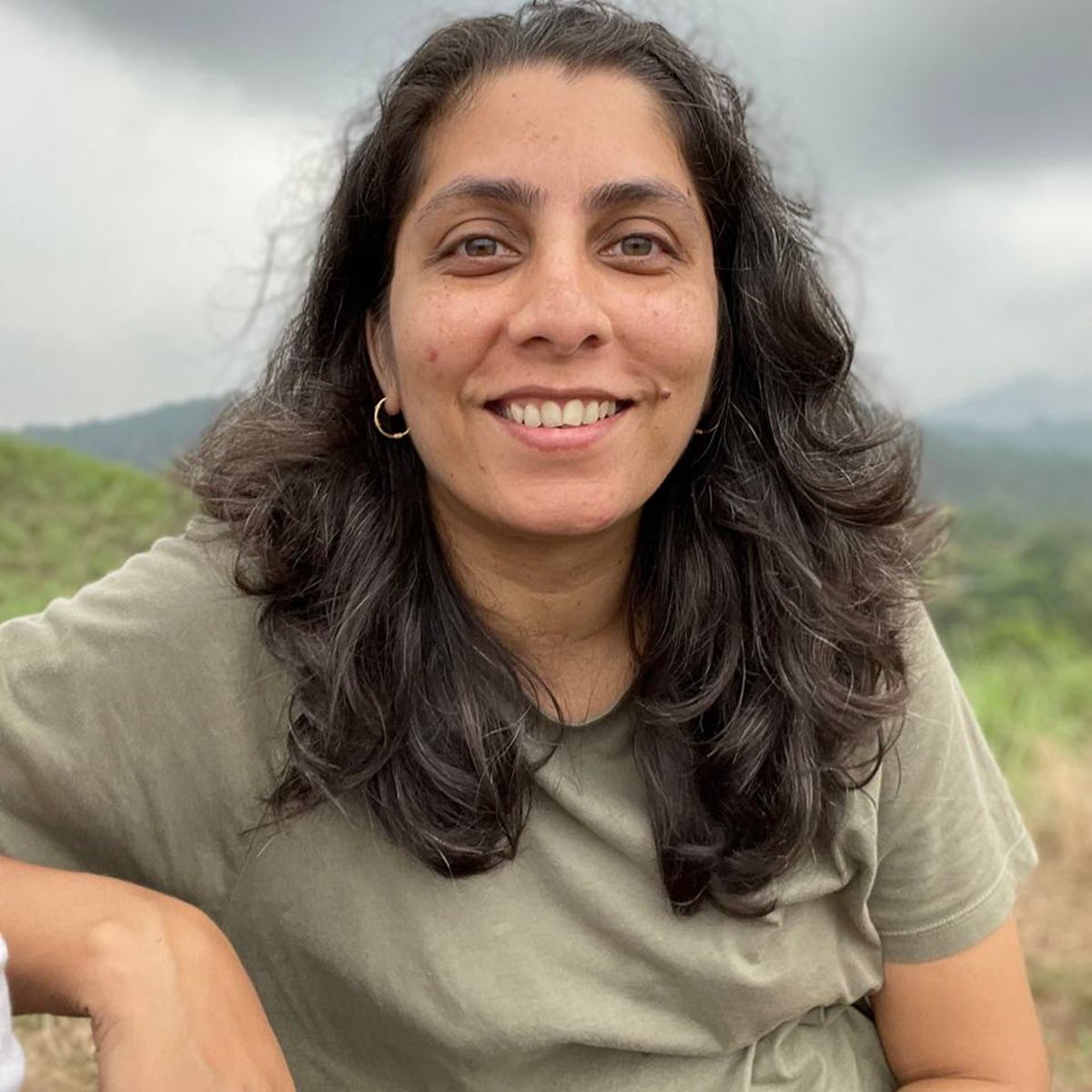Pranav Bhansali is Managing Partner at Bhansali and Company, one of the major export houses for CTC, Orthodox and Darjeeling tea in India. The family-owned export house, headquartered in Kolkata, has been in the tea trade for 90 years. The company buys from all the major auction centers and directly from tea gardens across India, while operating two blending facilities in Kolkata and Coimbatore. Currently, Bhansali ships to Russia, the CIS countries, Iran, and the UAE.

Digital Convenience Steeped in Tradition
Transactions at tea auctions in Mombasa, Kenya, Colombo, Sri Lanka, and across India account for more than 75% of the world’s trade volume. The first tea auction, in London, dates to 1679. The digital convenience of tracking tea and processing payments make modern tea auctions far more efficient, and transparent, than out-cry but describing tea quality and formal rules regulating trade remain steeped in tradition.
Aravinda Anantharaman: How relevant are auctions today in Indian tea as private sales grows in significance?
Pranav Bhansali: The split is as follows (approximately): auction 45 % vs private sales 55%. Auctions continue to be very relevant and play an important role. Certain tea producers and estates consciously believe in being an ‘auction mark’ while the bulk of bought leaf producers in north India believe in producing and selling their produce as quickly as they can, which makes the private sale mechanism more suited to their requirements.
Aravinda: Is the auction price still the benchmark?
Pranav: Yes, auction levels, I would say, are accurate and reflect the dynamics of demand and supply in the market.
Aravinda: How have e-auctions been for Indian tea? Have they brought any advantages to producers and buyers?
Pranav: Yes, of course, there has been an advantage from switching to e-auctions. If we look at what’s happened in Ceylon (Sri Lanka) and Africa where the switch to e-auctions is a recent phenomena, it reiterates that changing to e-auctions was the right decision. And if it wasn’t for the e-auctions, the tea industry would have come to a halt during the pandemic.
Aravinda: It is still a buyers market, isn’t it, despite the drop in production in 2020? What is needed to make it a sellers market? Quality? Less tea but better tea? Innovation?
Pranav: You are correct. The only way the sellers can take control is by producing quality. Meanwhile producers continue to produce more tea than the market and a healthy pricing structure can bear. Who or what will break first?
Aravinda: How did 2020 change the market for Indian tea?
Pranav Bhansali: The pandemic was disastrous for Indian tea exports. Many markets were lost to African teas. India’s deteriorating relations with Pakistan has meant that Pakistani importers have increased their reliance on African teas. We all had to consider the whole concept of just-in-time inventory. Shipping and logistics was another nightmare, from which we are still reeling.
Aravinda: In black tea grades, what sells well in the export market and what sells well in the domestic? What would you recommend that producers make more of?
Pranav: In the domestic market, it’s mainly CTC grades like the BP (Broken Pekoe), BOP(SM), PF/ OF (Pekoe Fannings/ Orange Fannings). In the export market, we sell various orthodox grades like the Barooti, FBOP, GBOP, GFBOP. The markets of Syria, Turkey, Russia choose OPA/ FOP, BPS while Saudi Arabia and Iran like whole leaf grades the OP1, and it’s OPA/ FOP for Afghanistan and Russia.
Looking at African prices, it is clear that producers will do better producing orthodox grades. Last year has taught us that there are very few grades of tea that have a more robust demand than a well made OPA/FOP and BPS(O) Pekoe.
Aravinda: The tea auction in Mombasa, Kenya, which transacts 450 million kilos annually, has announced it will move to a five-day per week auction. What are you views on that? Will daily volume/prices increase? Should India increase auction days?
Pranavi: Since the offerings will be spread over five days, I feel it will be difficult to find trends and gauge the market. In north India, we have Kolkata and Guwahati auctions which are distributed over two days leaving other days time to prepare for the upcoming auction and other back end office work. Personally, I find the Indian system more convenient.
Aravinda: Can you sum up the season so far, in terms of quality, exports and prices?
Pranav: CTC first flush teas this year were slightly below par as far as quality is concerned. Indian CTC prices are non-competitive as far as export is concerned thanks to massive production in Africa. Orthodox teas are selling well thanks to demand from Iran.Unfortunately, even though Iran continues their support for Indian teas, lot of uncertainty remains as far as payment is concerned.

Bhansali and Company
Bhansali and Company is a professionally managed firm that employs the finest experts and industry professionals. Partners are closely involved and conduct the majority of its tasting, buying and selling operations personally.
“Our clients treasure the personal involvement as it leads to us having a solid understanding of their needs and requirements and ensure exceptional attention to detail.”
Share this post with your colleagues.
Signup and receive Tea Biz weekly in your inbox.
Never miss an episode
Subscribe wherever you enjoy podcasts:



One response to “Q|A Pranav Bhansali”
Excellent interview